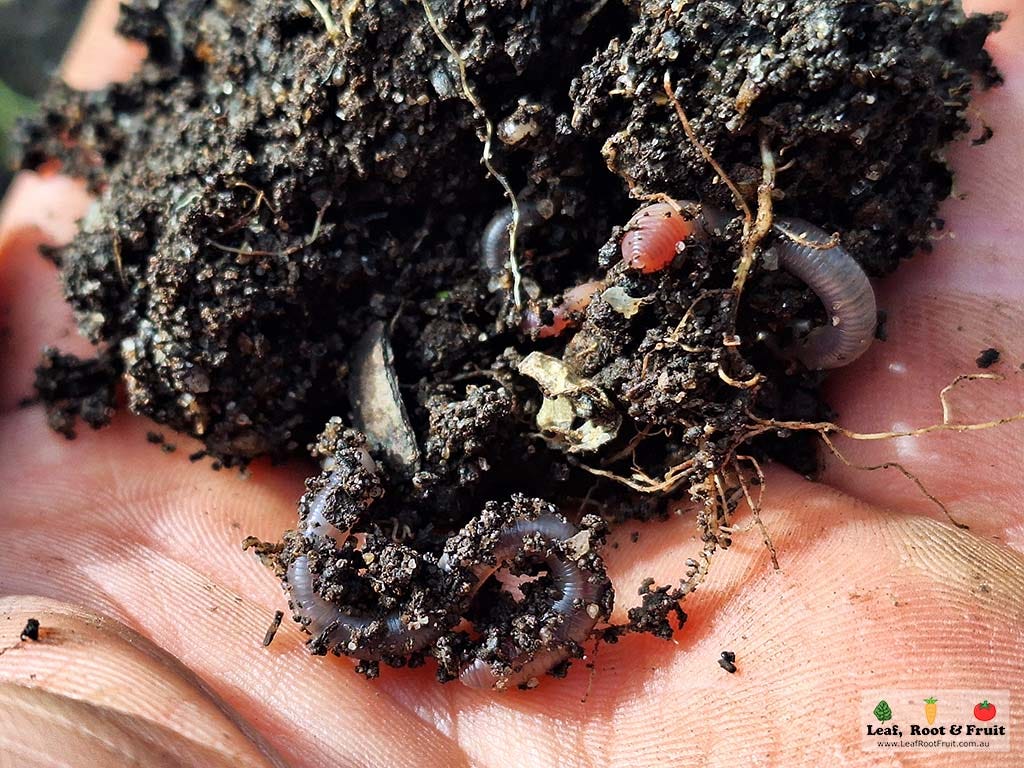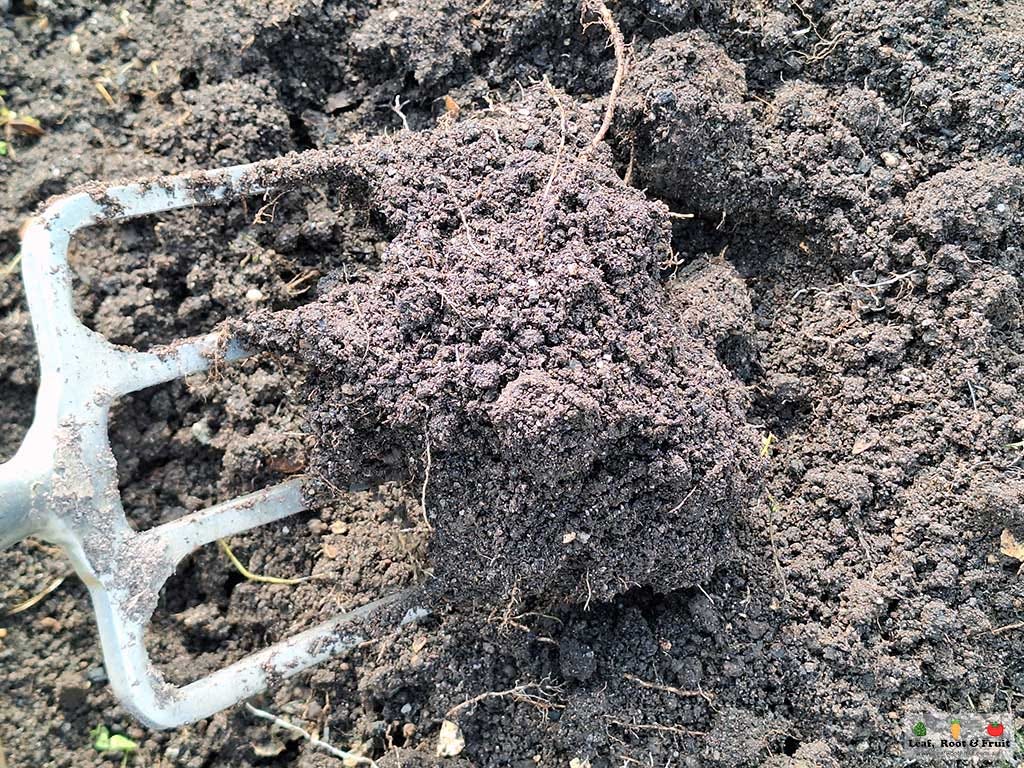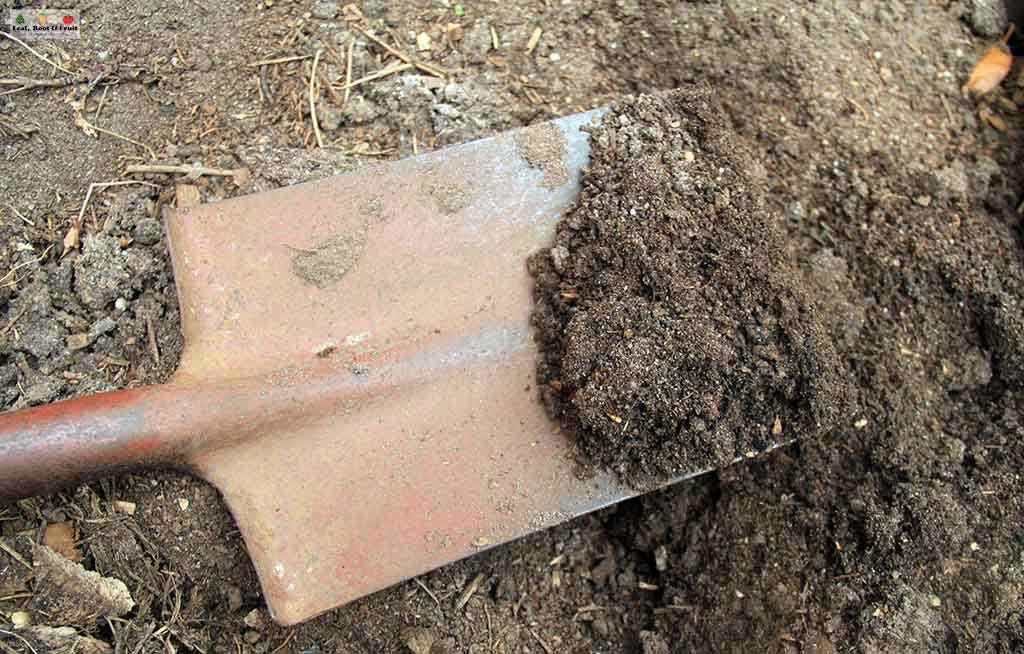Great soil is critical to successful gardening. Preparing the soil is crucial to the establishment of your productive edible garden. Every garden should be developed “from the soil up”. Towards the end of the post, I discuss soil testing, using fertilisers and why compost is the answer to everything.
Soil contains an impressive food web of predators and prey. Earthworms, bacteria, nematodes, amoebas, invertebrates and fungi all coexist in soil, where they decompose organic matter and ultimately make nutrients available to feed our plants. Soil is different from dirt, in that soil is living and dirt isn’t. Dirt consists only of particulates such as sand, silt and clay particles. It doesn’t have organic matter or living things in it.

A few years ago, I set up an experiment to highlight the importance of soil in obtaining great results in the garden. Check it out to see just how important having good quality soil (or potting mix if you are growing in pots) is for success in growing vegetables.
Soil development and ecological succession
Soils are the basis of dynamic, evolving ecosystems. Soils of all different ages can be found across the planet, from relatively young soil in active volcanic areas (such as parts of New Zealand or Hawaii) or ancient and depleted soils (lacking many minerals such as most Australian soils). As soils develop and age, the ecosystems they support evolve with them. Bare rock is quickly colonised by mosses and lichens. Over centuries, the ecosystem will build soil on this bare rock to metres deep. The thick layer of soil will be able to support a diverse rainforest.
Early soils tend to favour fast growing annual species of plants. These plants are stress tolerators and proliferate by setting thousands of easily dispersed seeds.
Our annual vegetable plants fit this category as they are essentially domesticated “weeds”. They are suited to growing in soils that mimic early growing conditions, such as high nutrient content and regular disturbance. You can use this information as a guide to how best to prepare a vegetable patch for planting.
Soils in early ecosystems tend to be dominated by bacteria and have virtually no fungi present. They are often high in nutrients from weathered rock but very low in organic matter. Sometimes these soils are heavily disturbed.
Digging the soil over before planting mimics a major disturbance event. The addition of nutrient-rich compost will elevate nitrogen levels to favour annual plants.

Starting a new raised bed from scratch
This is relatively easy! Simply set up the bed and then fill it with a quality soil blend. Avoid ordering “topsoil” as this is literally just soil scraped off another site, put through a sieve and then sold on to you. It won’t have enough nutrients to give the vegetables the start they need.
Instead, order a vegetable growing mix from a reputable garden supplies centre. This should be a blend of soil (usually topsoil), compost and other organic matter.

What does “organic” soil mean?
When it comes to soil, there are two uses of the word “organic”. “Organic” can simply refer to the carbon-based organic matter in the soil. This may have come from manures, leaf litter, woody debris etc. Most soils have a component of organic matter. Soils high in organic matter are great for growing vegetables.
The second use of the term “organic” refers to “organically certified soils”. These soils are certified to comply with one of the several organic certification standards. These soils are free from inorganic inputs and are suitable for growing organically certified produce. Organically certified potting mixes tend to be more expensive and often don’t meet the Australian Standard for premium potting mixes.
You’ll often find garden supply yards labelling their bulk soils as “organic soil mix”. This refers to the fact that the soil is high in organic matter, not that it is organically certified.


